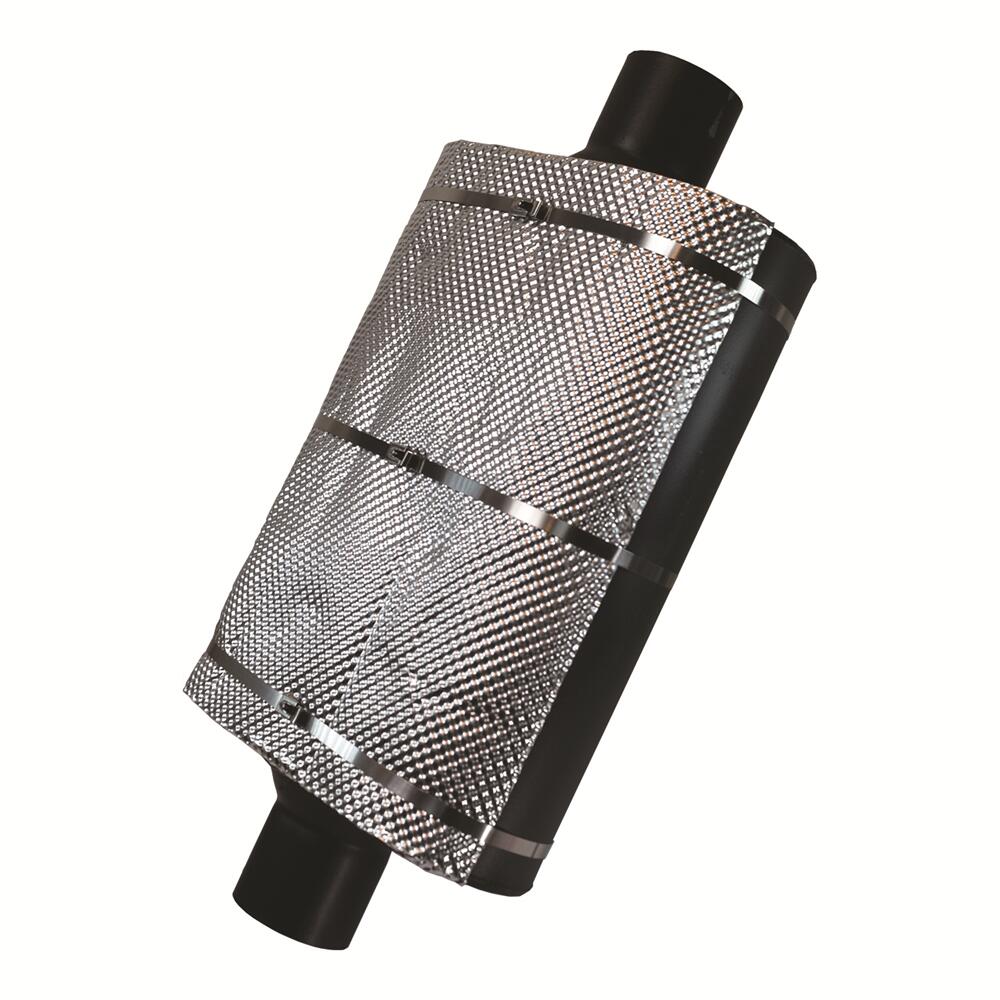Egzoz borusu ısı kalkanları bir aracın çeşitli bileşenlerini ve çevresindeki ortamı egzoz sistemi tarafından üretilen aşırı ısıdan korumak için kullanılır. Isı kalkanlarının kullanılmasının bazı nedenleri şunlardır:
Isı yalıtımı: Egzoz sistemi, özellikle egzoz manifoldu ve katalitik konvertörün yakınında son derece yüksek sıcaklıklar üretir. Isı kalkanları, bu sıcak bileşenler ile yakıt deposu, fren hatları, kablolar ve yakındaki plastik veya kauçuk bileşenler gibi aracın diğer ısıya duyarlı parçaları arasında bir bariyer görevi görecek şekilde tasarlanmıştır. Aşırı ısı transferini önleyerek hasar, bozulma ve hatta yangın tehlikesinin önlenmesine yardımcı olurlar.
Yolcu konforu: Isı kalkanları ayrıca aracın iç kısmına iletilen ısıyı azaltarak yolcu konforuna da katkıda bulunur. Egzoz sisteminden radyant ısının transferini önlemeye yardımcı olurlar; bu durum, özellikle yüksek sıcaklık koşullarında veya uzun süreli rölanti sırasında kabinin rahatsız edici derecede sıcak olmasına neden olabilir.
Çevre koruma: Aracın korunmasına ek olarak, egzoz ısı kalkanları aynı zamanda çevrenin korunmasına da hizmet eder. Egzoz sisteminden yayılan ısıyı en aza indirerek, aracın yakınındaki kuru bitki örtüsünün, döküntülerin veya yanıcı maddelerin tutuşması riskini azaltırlar.
Gürültü azaltma: Isı kalkanları aynı zamanda ses bariyeri görevi de görebilir ve egzoz sisteminden kabine gürültü ve titreşim iletimini azaltır. Bu, aracın genel akustik konforunun iyileştirilmesine yardımcı olur.
Genel olarak, egzoz borusu ısı kalkanları, hem aracı hem de içindekileri aşırı ısıdan korumada, gürültüyü azaltmada ve yüksek sıcaklıktaki egzozla ilişkili potansiyel tehlikeleri en aza indirmede hayati bir rol oynayan temel bileşenlerdir.

